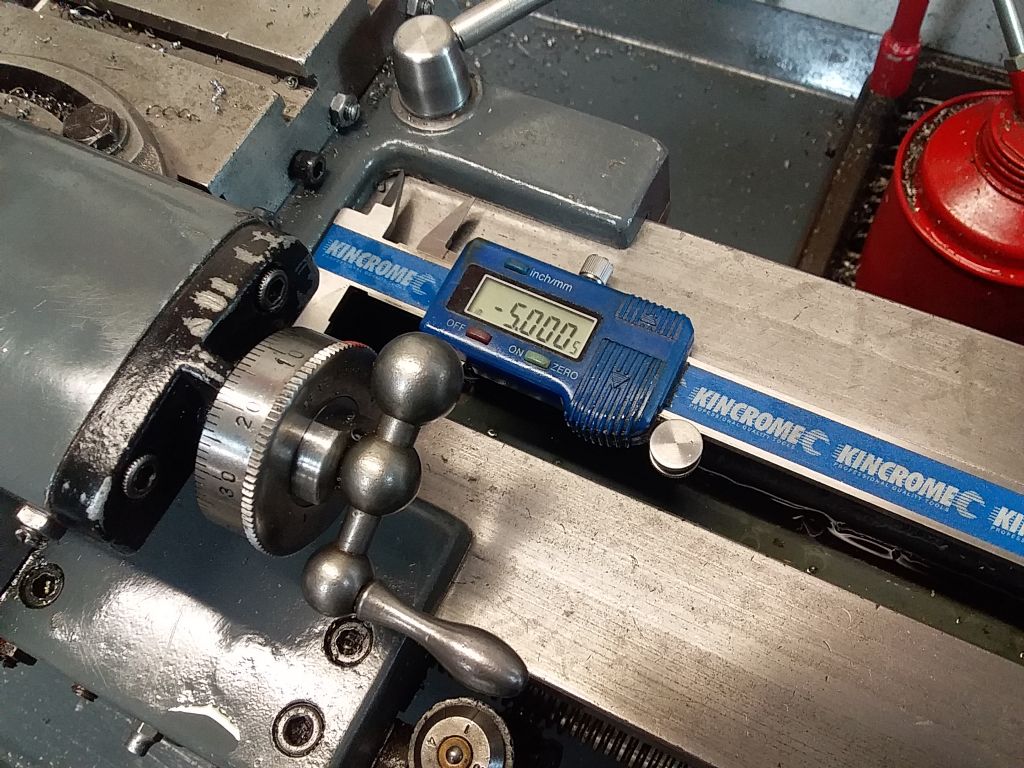The root and crest radii on any thread are only to remove sharp edges and stress-raisers, and provide a small clearance. They are not usually critical, within reason.
Generally I find it necessary to finish the thread with a die, and that will give the right roundings.
'
Jon –
Fixed dials. I know – I have a Myford ML7 and the dials are not only fixed but also small enough to be difficult for me to read. So a tip applicable to setting any tool for set depth:
Having set the tool in height and azimuth –
– Keep the screws clamping the tool itself, slightly slack so the tool can slide under them.
– Push the tool forwards to just touch the bar.
– Now keep that light pressure on the back of the tool, to maintain its contact, while winding the slide in until the dial either reads 0 now, or will read 0 when the cut reaches depth. (The latter way had not occurred to me until I read someone elsewhere here, saying that's his method.)
– Still keeping the tool gently pressed against the surface, now tighten the clamp-screws.
.
How to set a thread-cutting tool in azimuth?
That's what the appropriate Vee-notch in a thread-setting gauge is for. Set it to a piece of any straight, good-quality rod in the chuck or collet, if the work-piece's own shape makes the gauge impractical on that.
However, and perhaps more easily, the following works if the tool it is either an HSS one ground accurately with respect to the sides of its shank, as ideally it is; or is an insert type whose tip-holder is manufactured anyway to high orthogonal accuracy.
I abut the flank of the tool (or of a QCTP block) against the face of the chuck-jaws or faceplate, under very gentle hand-pressure applied via the saddle hand-wheel, while tightening the central tool-post stud.
This method is irrespective of the top-slide's own angle you may have set for diagonal-feed screw-cutting or to cut a taper on the work – or simply to clear the tailstock.
not done it yet.





